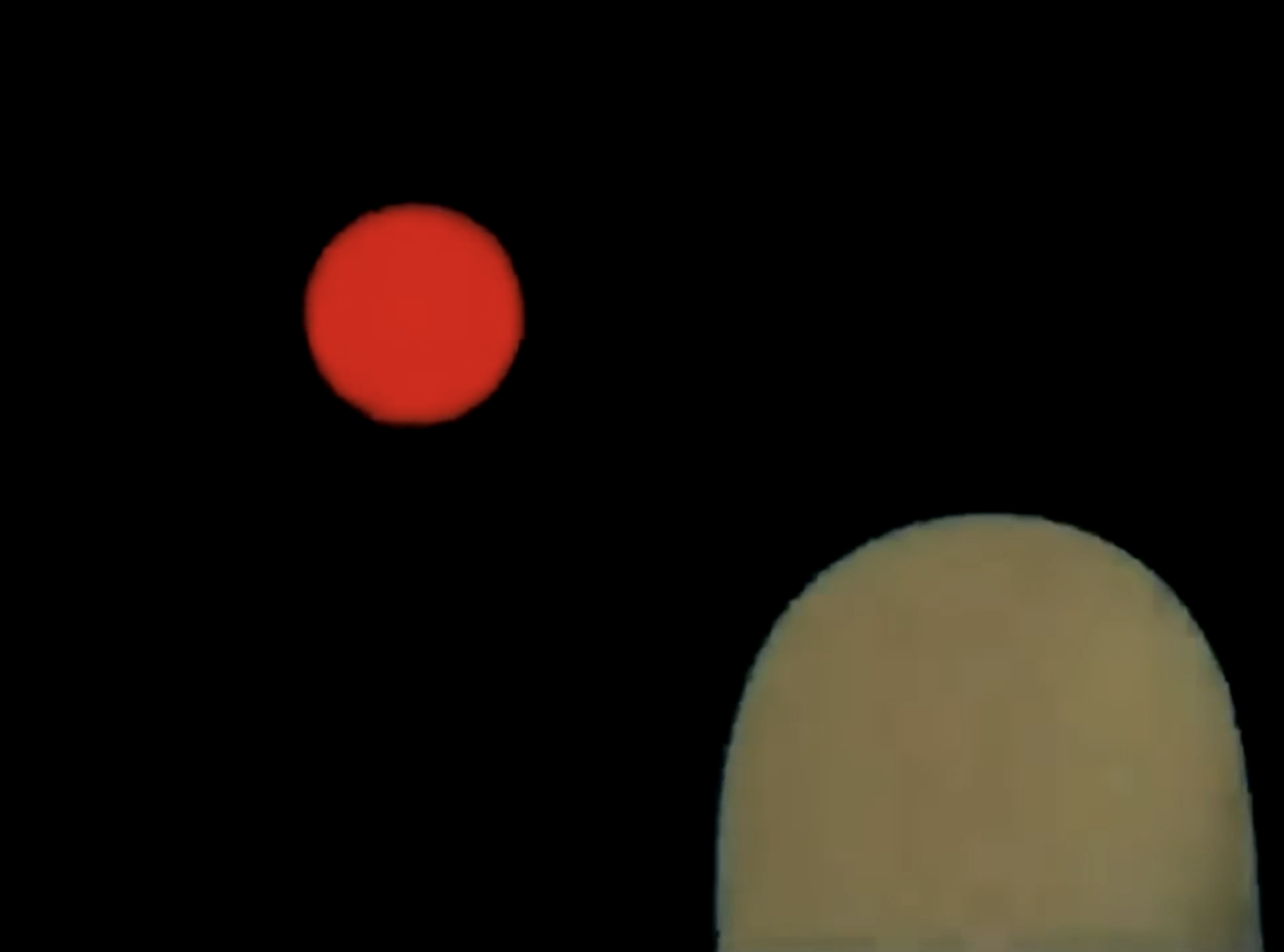The most surprising thing about the raft of recent petitions against the infrastructural biases underpinning the commercial and institutional art worlds might be that anyone can claim to have been surprised. If responses to wider domestic and international crises—ranging from the rise of the far right to the decimation of Gaza—have shone fresh light on the misalignment of the rhetoric in what is called “contemporary art” from the social and economic systems that maintain it, then that disjunction is hardly new. The more pressing question is how artists (and writers) might usefully respond to it.
It might first be worth noting that the map of contemporary art is not perfectly representative of its territory. It is hard to find many shows in New York speaking on behalf of that large part of the American population that will shortly vote for an aspiring dictator, yet it is to their credit that the curators of the current Whitney Biennial have elected to foreground artists representing causes vulnerable to the dismal eventuality of his election. Whether you think this circling of the wagons is an unqualified good might once have depended on whether you prefer the arena of culture to be agonistic—in which the conflicting politics of a disharmonious society play out against each other—or a protected space in which dissident voices that are elsewhere suppressed can be heard and solidarities affirmed.
It is not to take a position on that (admittedly reductive) binary to point out that it seems recently to have become confused. It can come to seem that the positions being protected are too often those that are uncontroversial in the context of their reception (it is notable that the most transgressive statement in the space of the Whitney, if not the wider society—“free Palestine”—was snuck in under the noses of the biennial’s organizers). In Europe, artists such as Candice Breitz who have previously been licensed to challenge the shibboleths held by the audiences and institutions of contemporary art find themselves excluded.
The ethically clearest response is to refuse to participate—as Diedrick Brackens, Yto Barrada, Mounira al Solh, and Cian Dayrit recently withdrew their work from an exhibition at London’s Barbican in protest at the cancellation of a talk by Pankaj Mishra—in the express hope that this will accelerate a return to the previous consensus on what constituted the parameters of free expression. The problem is that withdrawing from the public arena cedes it to others, and that there is no guarantee of getting it back (one neat means of squaring this circle is apparent in the recent trend for artists to make a spectacle of their own refusal, and then to exhibit that in their stead). An alternative is to continue to participate in public spaces while highlighting the dissonance, using the opportunity to broadcast whatever opinions it is possible to smuggle into them, as Demian DinéYazhi’ chose to do at the Whitney. The most effective—if most labor-intensive—recourse might be the continuing work of reforming those institutions, or building new ones.
These speculations were prompted by the recent pressure on artists to withdraw their work from platforms that are taken to be complicit or compromised (accusations of censorship can be misleading here, given that there are always more-or-less visible constraints; the more pertinent issue is who is being excluded and to what end). This is amplified by a tendency to dismiss any artist who bites the hand but accepts the food as guilty of hypocrisy. One obvious problem with this is that artists still have to eat, and the insistence that they should forego the opportunity to reach a public is another form of silencing.
Another problem, not unrelated, is that this attitude seems to presume the existence of a space perfectly insulated from the structural injustices of society, within which artists might present their work with an immaculate conscience. This is not only misguided, but counterproductive: to insist that art retreat entirely from the complexities and contradictions of the world would seem to condemn it to irrelevance. There is not a clear line here—neither extreme, of total refusal or a blind faith in the capacity of art to transcend its conditions, is satisfactory—but the occasion of such conflicted institutions as the forthcoming Venice Biennale might offer the chance to discuss in greater detail where it should be drawn.

